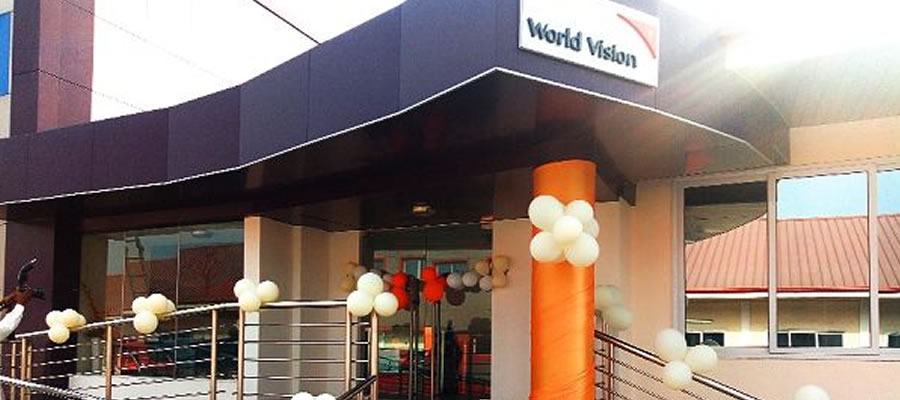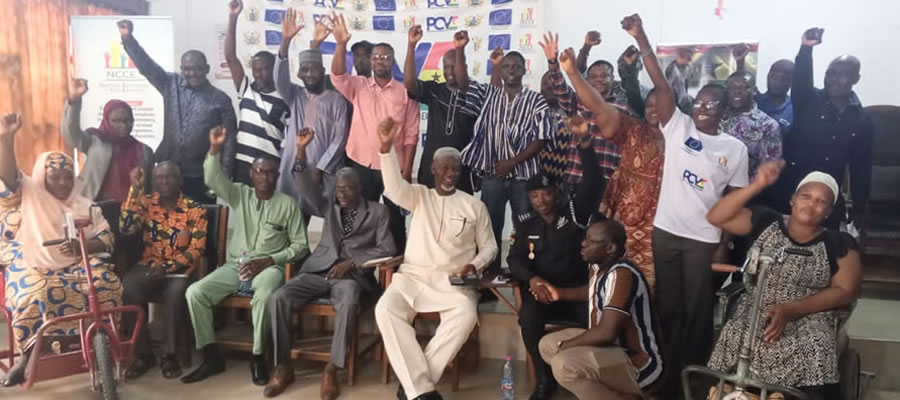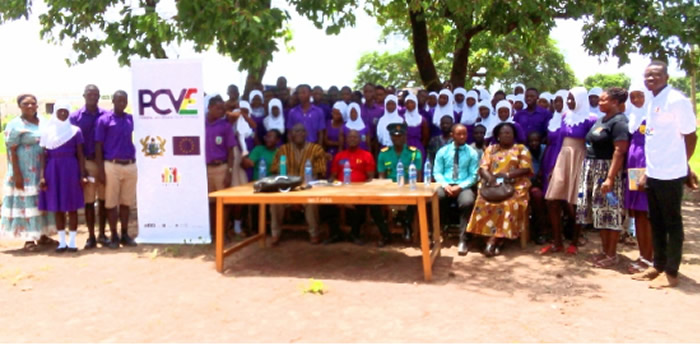

Location and size
The District is located in the western part of the Upper West Region, approximately between longitudes 9º 40’ N and 10º 10’ N and also between latitudes 2º 20’ W and 2º 50’ W. It shares boarders to the south with Northern Region, north-west by Nadowli District, east by Wa Municipal and to the west by Burkina Faso (see Fig. 1.1).
The total area of the District is approximately 1492.0 square km, representing about 10 percent of the region’s total land area. It is roughly trapezium in shape with the District capital, Wechiau, almost on the extreme western perimeter. The District capital is about 15.0 km away from Wa Municipal by rough road.
The proximity of Wa West District to Burkina Faso, however, places it in a good position to take advantage of suggestions made by the “Northern Development Initiative” which proposes the promotion of a Savannah-Sahel Regional Market amongst other initiatives.
Topography
The topography of the Wa West District is gently rolling with a few hills ranging between 180 and 300 meters above sea level. It is drained by one main river – the Black Volta - to the West marking the boundary between the District and the Republic of Burkina Faso.
The Black Volta with its tributaries is the main drainage system in the District. The river and its several feeder tributaries present opportunities for irrigation in the District which can promote all-year round farming. Most of the tributary streams are seasonal, thus disrupting free commuting during the rainy season along all the major roads to the District capital.
Geology and mineral deposits
The District is predominantly of Pre-Cambrian, granite and metamorphic rock types which have experienced less weathering than similar rocks elsewhere in the country due to low rainfall, high evapo-transpiration and less vegetation.
Nevertheless, water harvesting from boreholes has been successful in the District because the rocks have well-developed fracture system.
Climate (temperature and rainfall)
The District has two marked seasons namely, the wet and dry seasons. The South-Western Monsoon winds from the Atlantic Ocean bring rains mostly between April and August, whilst
the North-Eastern Trade winds from the Sahara Desert bring the long dry season between November and March. The mean annual rainfall varies between 840mm and 1400mm. Most of the rainfall occurs, between June and September, and it is not unusual to have very high rainfall figures concentrated on a few rainy days.
One feature of the rainfall pattern is that it tends to occur in heavy downpours thus, resulting in run-offs rather than soil moisture retention. The erratic rainfall regime is clearly shown in the water balance, which is a reflection of the poor soil moisture conditions in the area.
It has been calculated that there are four (4) humid months (June - September), in terms of soil moisture conditions it is only adequate for the cultivation of crops such as millet, guinea corn, yam, groundnuts and beans. The rainfall pattern is sometimes irregular and unreliable thus affecting the farmers’ crop yields.
Soil
The soils in the District are mostly sandy loamy, clayey loamy and loamy types. There are also strips of alluvial soils along the flood plains of the Black Volta as well as sandy loams along some of its tributaries. The general nature of the soils, coupled with the traditional land use practices and limited rainfall, tend to have adverse effect on crop production. This situation forces the youth to look for sustenance elsewhere.
Vegetation and forest reserve cover
The vegetation is one of the Guinea Savannah grassland type; made up of short trees with little or no canopy and shrubs of varying heights and luxuriance, with grass ground cover in the wet season. Commonly found trees are the shea, dawadawa, kapok and baobab. Cashew and mango are exotic species that also grow well in the area.
Date Created : 12/4/2017 7:57:50 AM












 facebook
facebook
 twitter
twitter
 Youtube
Youtube
 +233 593 831 280
+233 593 831 280 0800 430 430
0800 430 430 GPS: GE-231-4383
GPS: GE-231-4383 info@ghanadistricts.com
info@ghanadistricts.com Box GP1044, Accra, Ghana
Box GP1044, Accra, Ghana